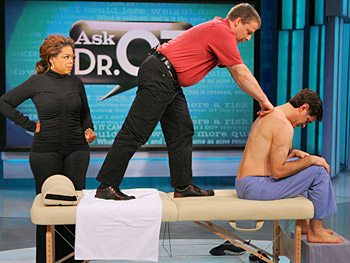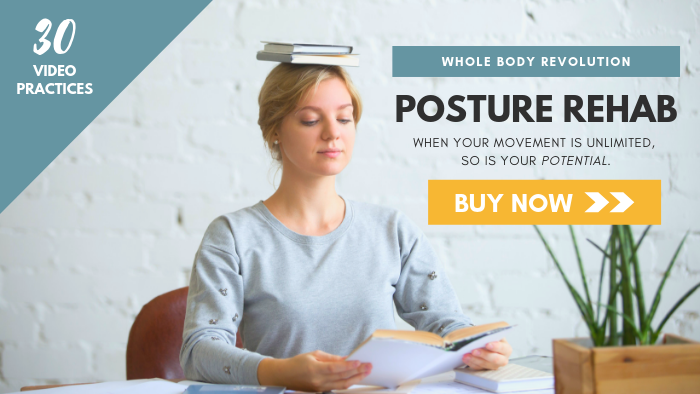Aches and pains happen, especially when you’re training at the gym or exerting yourself in any heavy lifting activity, like moving. And as we age, we’re prone to other painful conditions like osteoarthritis.
But you don’t have to suffer with muscle soreness and stiffness. You can get relief without risking some of the frightening side effects of NSAIDs (non steroidal anti inflammatory drugs) such as nausea, upset stomach, shortness of breath, heartburn or skin rashes.
There is a natural solution that I highly recommend instead: Arnica Montana. Arnica is a plant native to mountainous regions of Europe and North America that has been used for centuries as a topical pain relieving agent.
A controlled randomized study from 2007 found that daily applications of arnica gel were just as effective as ibuprofen for relieving pain from osteoarthritis.
There is a slight risk of allergic reaction to a compound called hellanin found in arnica, so test on a small bit of skin before rubbing it all over. If you do experience a slight rash, simply stop using the gel.
While arnica gels abound in health food and supplement stores, the brand that I most recommend is Traumeel. It’s widely available and extremely effective with a synergistic blend of arnica and other anti inflammatory homeopathic agents.
So, the next time you find yourself stiff, sore and achy, get yourself some arnica gel, rub it on, and breathe a sigh of relief as the pain melts away!






 Lately, shoe companies have gotten hip to the fact that the Africans are kicking our butts in the Olympics…barefoot. They’re developing shoes that mimic the experience while still providing protection from the elements. Some of the best picks include the
Lately, shoe companies have gotten hip to the fact that the Africans are kicking our butts in the Olympics…barefoot. They’re developing shoes that mimic the experience while still providing protection from the elements. Some of the best picks include the